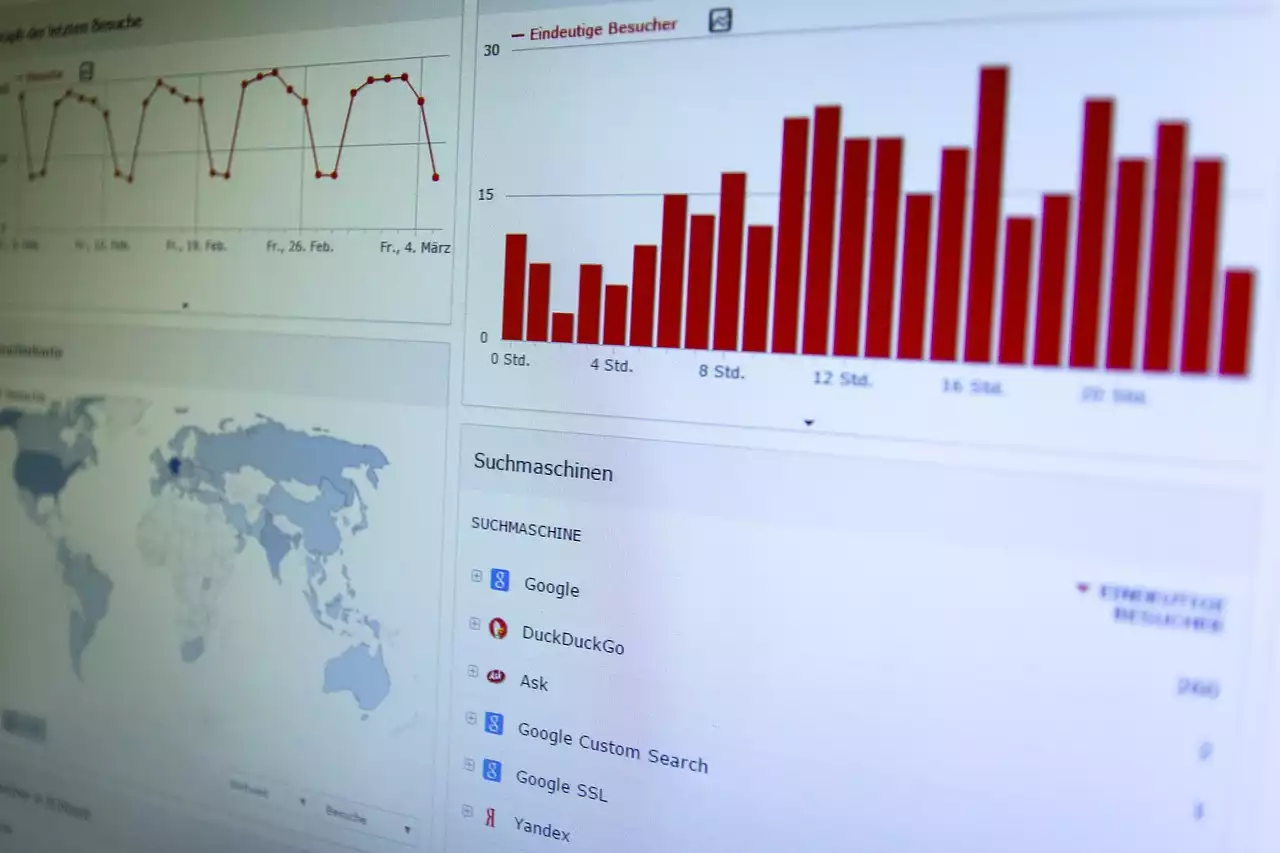What is A/B testing?
A/B testing, also known as split testing, is a method of comparing two versions of a webpage or email to see which one performs better. It involves creating two versions of a webpage or email, A and B, that are identical except for one variable. This variable could be anything from the headline to the call-to-action button. Visitors to the website or recipients of the email are randomly assigned to either version A or B, and their response rates are measured. The version that performs better is then declared the winner and used going forward.
A/B testing is a scientific approach to improving digital marketing campaigns. It allows you to test different elements of your content to see which ones are resonating with your target audience. By making data-driven decisions, you can improve your conversion rates, generate more leads, and ultimately increase revenue.
How A/B testing works
A/B testing works by randomly assigning visitors to your website or recipients of your email to either version A or B. This ensures that both versions are seen by a similar group of people, eliminating any biases in the results. Once the test is complete, the results are analyzed to determine which version performed better.
To conduct an A/B test, you first need to identify the variable you want to test. This could be anything from the headline to the color of a button on your landing page. Once you've identified the variable, you need to create two versions of your content that are identical except for that variable. You then randomly assign visitors or email recipients to either version A or B and measure their response rates. The version that performs better is declared the winner and used going forward.
Benefits of A/B testing
There are many benefits to conducting A/B testing. One of the biggest benefits is that it allows you to make data-driven decisions about your content. By measuring the response rates of each version, you can determine which one resonates more with your target audience. This information can be used to improve your content and increase your conversion rates.
Another benefit of A/B testing is that it can help you identify and fix issues with your website or email campaigns. For example, if you notice that one version of your landing page is performing significantly better than the other, you can investigate why that might be. It could be that the winning version has a clearer call-to-action or a more visually appealing design.
A/B testing can also help you reduce your bounce rate and increase engagement on your website. By testing different elements of your website, you can identify which ones are causing visitors to leave and make changes to improve the user experience.
A/B testing statistics
There are a few key statistics you should be aware of when conducting A/B tests. The first is statistical significance. This refers to the likelihood that the results of your test are not due to chance. Generally, a result is considered statistically significant if there is less than a 5% chance that it occurred by chance.
Another important statistic is sample size. The larger your sample size, the more accurate your results will be. It's important to ensure that your sample size is large enough to detect meaningful differences between the two versions of your content.
Finally, you should also pay attention to the effect size. This refers to the magnitude of the difference between the two versions of your content. A small effect size may not be worth the effort of implementing the winning version, while a large effect size may be worth making significant changes to your content.
A/B testing strategy
To get the most out of A/B testing, it's important to have a solid strategy in place. This involves identifying the variables you want to test, creating two versions of your content, and measuring the response rates of each version.
When identifying the variables you want to test, it's important to focus on elements that are likely to have a significant impact on your conversion rates. For example, the headline, call-to-action button, or images on your landing page are all good candidates for testing.
When creating your two versions of your content, it's important to ensure that they are identical except for the variable you are testing. This ensures that any differences in response rates can be attributed to that variable.
Finally, when measuring the response rates of each version, it's important to ensure that your sample size is large enough to detect meaningful differences. You should also pay attention to statistical significance and effect size when interpreting the results.
Creating your A/B testing plan
Creating an A/B testing plan involves identifying the variables you want to test, creating two versions of your content, and measuring the response rates of each version. To get started, you should identify the elements of your website or email campaign that you think could be improved. This could be anything from the headline to the color of a button.
Once you've identified the variables you want to test, you need to create two versions of your content that are identical except for that variable. This can be done using A/B testing software, which will randomly assign visitors or email recipients to either version A or B.
Once the test is complete, you need to measure the response rates of each version. This can be done using A/B testing software, which will provide you with detailed analytics on the performance of each version. You should pay attention to statistical significance and effect size when interpreting the results.
A/B testing tips
There are a few tips you should keep in mind when conducting A/B tests. First, it's important to test one variable at a time. This ensures that any differences in response rates can be attributed to that variable. If you test multiple variables at once, it can be difficult to determine which variable is responsible for any differences in response rates.
Another tip is to ensure that your sample size is large enough to detect meaningful differences between the two versions of your content. This will ensure that your results are accurate and reliable.
Finally, it's important to be patient when conducting A/B tests. It can take time to gather enough data to determine which version of your content is performing better. Don't be tempted to make changes based on early results, as this can lead to inaccurate conclusions.
Tools for A/B testing
There are many tools available for conducting A/B tests. Some popular options include Optimizely, Google Optimize, and VWO. These tools allow you to create two versions of your content and measure the response rates of each version. They also provide detailed analytics to help you interpret the results.
When choosing an A/B testing tool, it's important to consider the features you need and your budget. Some tools offer more advanced features, such as multivariate testing, while others are more basic.
A/B testing services
If you don't have the time or expertise to conduct A/B tests yourself, there are many services available that can do it for you. These services typically involve working with a team of experts who will create and run your A/B tests for you. They will also provide detailed analytics and recommendations based on the results of your tests.
When choosing an A/B testing service, it's important to consider the level of expertise of the team and the types of tests they offer. You should also consider the cost of the service and whether it fits within your budget.








.png?size=50)

